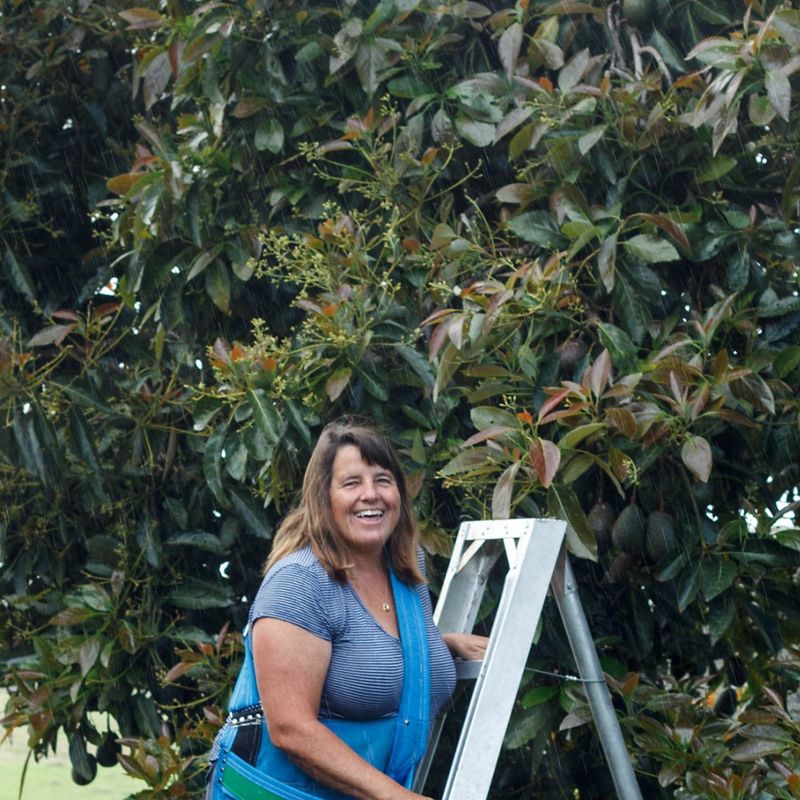
Farm Bill Funds Help Maui Farmer Rise from the Ashes
After her farm was devastated in the Maui wildfire, Anne Carter turned to the Farm Bill for support.
At about 10:30 p.m. on Aug. 7, 2023, the power went out at Anne Carter’s house on Kulamanu, a nine-acre farm of citrus groves and herb gardens perched on a mountainside on the island of Maui, Hawai‘i.
“By 11 o’clock, I could smell smoke. At 12:30 a.m. I saw the glow of the fires,” Carter recalls. “By 1:45 a.m. I looked to the south and saw billowing smoke and the pastures were on fire.”
As Carter and her 16-year-old daughter fled, cat and dog in tow, the fire was burning the tall eucalyptus trees that bordered her farm. By morning, the fire had moved downslope, where it burned a neighbor’s house to the ground. The wildfire, fueled by dry conditions and driven by winds from a hurricane, would sweep across Maui for a total of four days, destroying thousands of structures across the slopes of Haleakalā and in the town of Lahaina and killing more than 100 residents.
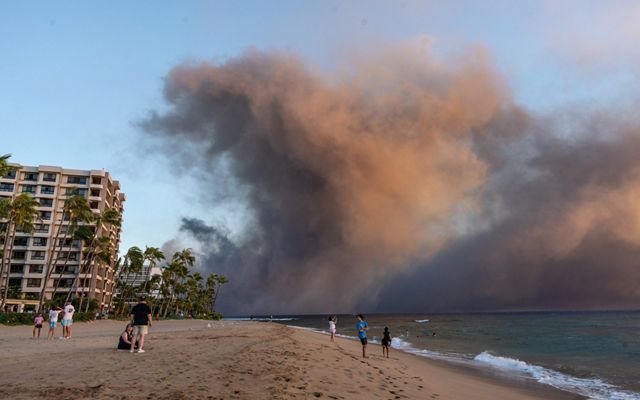
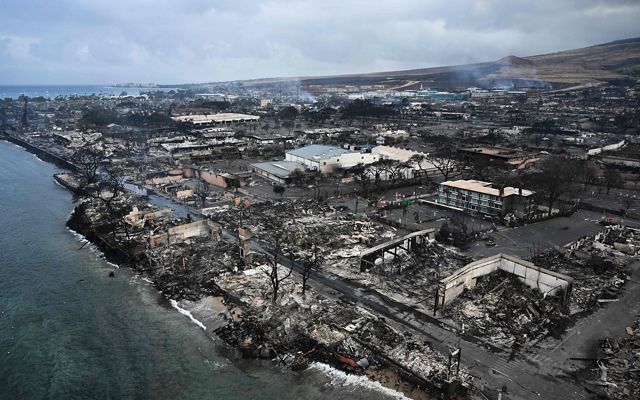
Carter is one of the more fortunate survivors of the devastating fires. Her family survived and her house, though smoke-damaged, was spared. But the fire caused significant damage to her certified organic farm, where she cultivates citrus trees, avocados and herbs. She lost her extensive irrigation system, her tree nursery and fencing that is crucial for keeping out browsing deer and rooting pigs. She saved most of her mature avocado and citrus trees by hand-watering them for months.
“I was ready, honestly, to quit farming,” says Carter. “I thought, this is the writing on the wall.”
She wasn’t alone. The U.S. Department of Agriculture estimates that the August fires on Maui caused about $23.1 million in agricultural damage. And after the fires were over, federal programs funded by the Farm Bill helped many farmers, including Carter, get back on their feet.
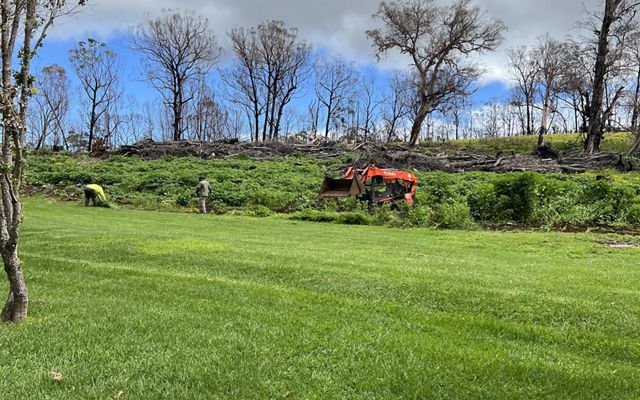
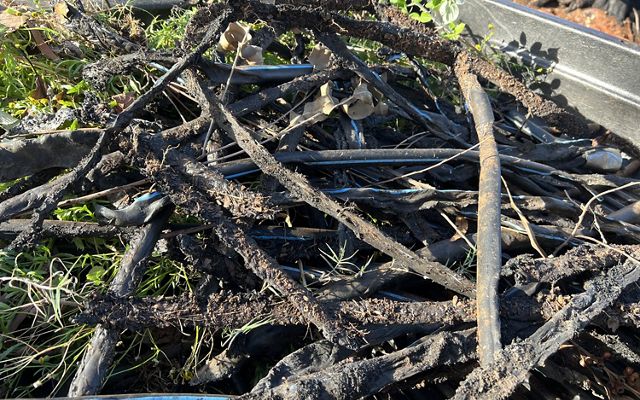

What is EQIP?
EQIP is a popular Farm Bill program and NRCS’ flagship conservation program. It helps farmers, ranchers and forest landowners integrate conservation practices into working lands including farms like Anne Carter's. EQIP provides technical and financial assistance to producers and helps outline and implement conservation activities that address their unique natural resource concerns while improving their agricultural operations.
Carter, born in Hawai‘i and a lifelong conservationist, didn’t want to give up on her farm. She works some of the richest soil in the island chain but, faces challenges including deer and pigs (both of which are non-native and invasive) that go after her plants, beetles that kill trees and the vagaries of unpredictable weather, made worse by climate change. She’s been running her farm for 25 years and is closely tied to the local economy, with most of her produce and herbs sold to restaurants and health food shops in nearby Pa‘ia Town.
She’d never used federal farm support programs in the past, but as she began to pick up the pieces of her business, she realized she wasn’t going to rebuild without help.
“Between the fencing, the irrigation and the smoke damage to the house—it was just too much.”
A program administered by the USDA’s Farm Services Agency, specifically targeted at women and minority farmers, helped her replace her fences with new, fireproof material. She’s also working with the USDA’s Natural Resources Conservation Service, which will cover some of the cost of replacing her irrigation equipment through the Environmental Quality Incentives Program. EQIP provides U.S. farmers, ranchers and forest landowners with technical and financial assistance to prevent soil erosion, protect water quality and conserve natural habitat. The federal government’s largest agriculture conservation program for working lands is routinely oversubscribed. There are far more applicants than available funding, leaving many producers without critical support.
Learning of these programs was a great relief, Carter says.
Quote: Anne Carter

I don’t have any desire to go anywhere else, but I thought maybe this was it, maybe I was done. But getting some help has made me feel like it’s possible to continue.
Sign up now to get more policy stories
Get our monthly newsletter to learn how we're advancing conservation policy.


